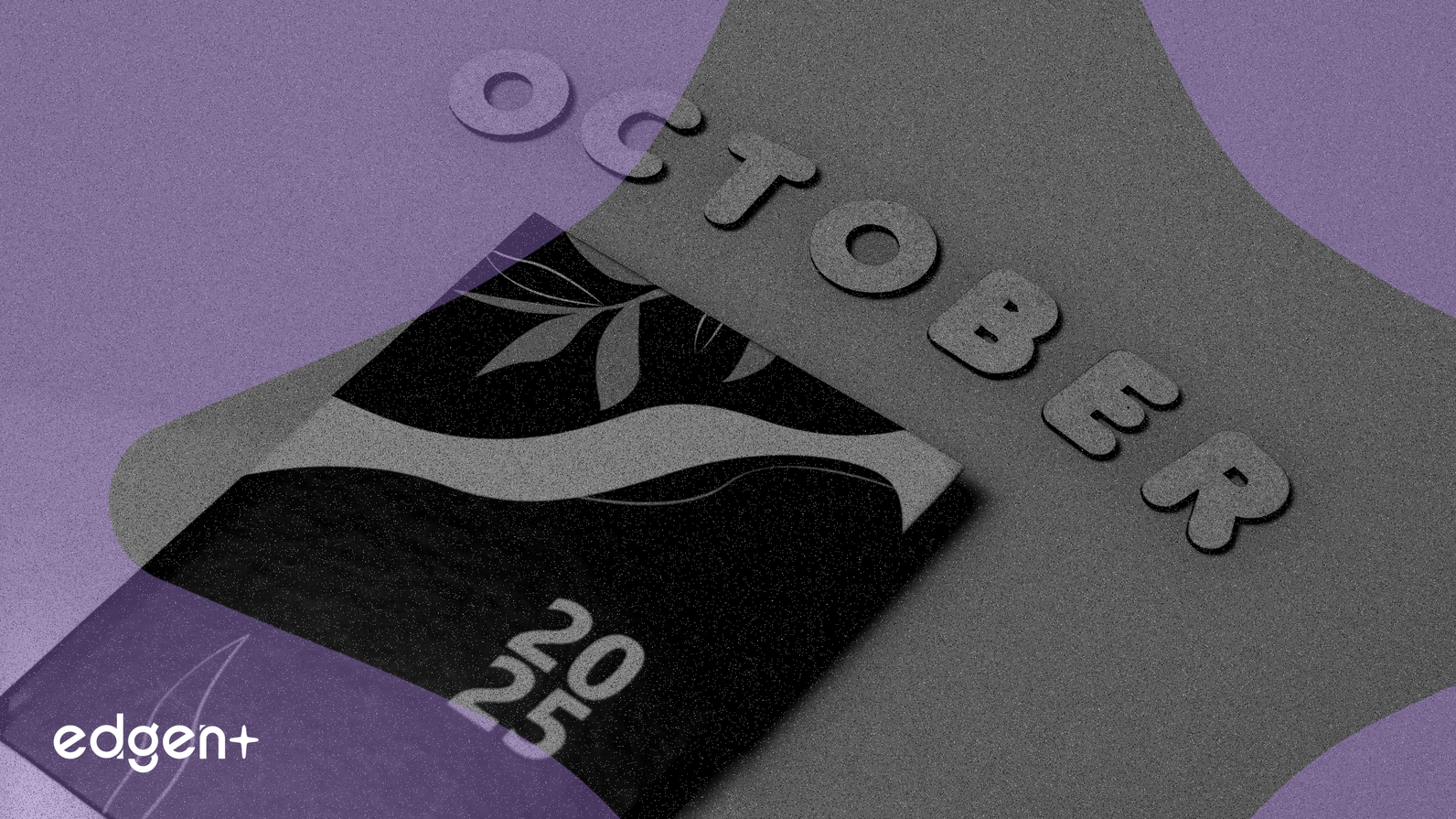Products
Trading Strategies
Markets
Ask AI About GPS

No Data Yet

Executive Summary Binance announced adjustments to its token monitoring and seed tags, effective October 9, 2025, impacting several cryptocurrencies' perceived risk and trading accessibility. Wanchain (WAN) will be added to the Monitoring Tag list, while GoPlus Security (GPS) and MovieBloc (MBL) will be removed from it. Concurrently, Berachain (BERA), BIO Protocol (BIO), ZKsync (ZK), and LayerZero (ZRO) will no longer carry Seed Tags, signaling a shift in their risk profiles within the exchange's framework. The Event in Detail Binance's latest update, to be implemented on 2025-10-09, involves a reclassification of several digital assets based on the exchange's ongoing review processes. The exchange will add Wanchain (WAN) to its Monitoring Tag list. Tokens with a Monitoring Tag are identified as exhibiting notably higher volatility and risks, necessitating users to complete quizzes every 90 days to gain trading access on Binance Spot and Margin platforms. Conversely, GoPlus Security (GPS) and MovieBloc (MBL) will have their Monitoring Tags removed. This action suggests that these projects have met Binance's criteria for reduced risk and increased stability. Similarly, Berachain (BERA), BIO Protocol (BIO), ZKsync (ZK), and LayerZero (ZRO) will be removed from the Seed Tag list. The removal of Seed Tags indicates that these projects have matured beyond the early-stage risk profile, no longer requiring the specific user acknowledgment quizzes associated with newer or higher-risk assets. Market Implications The adjustments by Binance carry distinct implications for the affected tokens and the broader Web3 ecosystem. For BERA, BIO, ZK, ZRO, GPS, and MBL, the removal of Seed or Monitoring Tags may enhance investor confidence and potentially increase trading volumes by lowering perceived risk and removing trading barriers for users. This reclassification often signals a project's progress in development, liquidity, and overall stability. In contrast, the addition of the Monitoring Tag to Wanchain (WAN) could introduce increased scrutiny and potentially dampen investor sentiment. This move coincides with broader regulatory concerns impacting the cross-chain interoperability sector, where Wanchain CEO Temujin Louie noted 21% of transactions involve illicit flows. WAN's 24-hour trading volume recently experienced an 8.9% decrease to $2.32 million, reflecting thinning liquidity amidst these regulatory uncertainties. Review Criteria and Strategic Context Binance's decisions regarding token tags are informed by periodic project reviews, which consider a comprehensive set of criteria. These include the commitment of the team to the project, the level and quality of development activity, trading volume and liquidity, the stability and safety of the network from attacks, network/smart contract stability, the level of public communication, and the responsiveness to periodic due diligence requests. Tokens failing to meet these standards risk delisting. This framework underscores Binance's strategy to maintain a secure and reliable trading environment while fostering sustainable growth within the crypto ecosystem. The requirement for users to pass quizzes for tagged tokens serves as a mechanism to ensure awareness of associated risks, aligning with the exchange's user-centric approach. Broader Context Binance's selective listing and rigorous ongoing review processes are integral to its role as a leading cryptocurrency exchange. By carefully managing token classifications, Binance aims to balance innovation support with robust user protection. The exchange's approach, which saw only 77 tokens listed between 2023 and 2024, emphasizes quality and long-term value over sheer quantity. These tag adjustments reflect the dynamic nature of the cryptocurrency market and the continuous need for exchanges to adapt their oversight. For projects, maintaining a favorable standing on major platforms like Binance is crucial for liquidity, user access, and overall market credibility, reinforcing the importance of strong fundamentals and consistent adherence to exchange standards.

Executive Summary Over $300 million worth of digital assets, including SUI, EIGEN, and ENA, are scheduled for release this week, according to Token Unlocks data, with market participants anticipating heightened volatility and potential selling pressure across various protocols. The Event in Detail This week, spanning from September 29th to October 5th, multiple digital assets are slated for substantial token unlocks. Key projects involved include SUI, EIGEN, ENA, and Optimism (OP), among others. According to available data, SUI is set to unlock approximately 44 million tokens valued at $137 million on October 1st, representing 1.23% of its current circulating supply. EigenCloud (EIGEN) will release roughly 36.82 million tokens, worth an estimated $66.6 million, also on October 1st, constituting 13.77% of its circulating supply. Ethena (ENA) has an unlock scheduled for October 2nd, involving approximately 40.63 million tokens with a value of $23 million, which is 0.62% of its circulating supply. Additionally, Optimism (OP) is expected to unlock around 31.34 million tokens on September 30th, valued at $20.7 million and accounting for 1.74% of its circulating supply. Beyond these, other tokens with notable unlock percentages of their circulating supply include Big Time (BIGTIME) at 20.00%, Renzo (REZ) at 9.64%, and Kamino Finance (KMNO) at 6.37%. Earlier in September, the market also saw releases from Particle Network (PARTI), Jupiter (JUP), and Nillion (NIL), contributing to a total of over $517 million in unlocks during the fourth week of September alone. These tokens are allocated for purposes such as community growth, reserves, airdrops, team compensation, and ecosystem development. Market Implications The influx of newly unlocked tokens is widely anticipated to exert selling pressure on the market, potentially leading to increased price volatility. Historical data indicates that approximately 90% of token unlocks result in negative price pressure. Price movements often commence around 30 days prior to unlock events, with peak volatility occurring in the final week as market makers engage in hedging strategies and retail investors react to potential shifts. The magnitude of price impact correlates directly with the unlock size; unlocks representing over 5% of circulating supply typically lead to significant market disruption, while those between 1-5% cause moderate pressure. Past unlock events provide a precedent for potential market reactions. For instance, Arbitrum's (ARB) 3.2% supply unlock in June 2024 was followed by a 29.94% price decline. Similarly, Aptos experienced a 25.74% drop after a 2.59% unlock, and Starknet saw a 37.87% decrease following a 5.61% unlock. These instances underscore the susceptibility of markets to sudden supply injections, particularly for projects where a substantial portion of the circulating supply is released. Business Strategy & Tokenomics Token unlocks are a fundamental component of a project's tokenomics, governing the distribution and valuation of cryptocurrencies. These predetermined events release previously restricted tokens, often reserved for team compensation, community incentives, or future development. The specific recipient of unlocked tokens can influence market reaction, with team-related unlocks often demonstrating a more severe negative impact compared to ecosystem development unlocks, which have shown an average positive price increase of 1.18%. Projects often employ different vesting schedules, such as "cliff" unlocks—a sudden large release—or "linear" unlocks—a gradual distribution. Understanding these structures is crucial for assessing potential market absorption. Projects with transparent unlock timelines and robust governance frameworks are often viewed more favorably by institutional investors seeking stability. The ongoing unlocks highlight the continuous process of token distribution inherent in many digital asset projects. Broader Context & Investor Sentiment September 2025 has been a critical period for the cryptocurrency market, with cumulative unlock values reaching approximately $838.5 million over 30 days, peaking in mid-September. This trend, coupled with broader macroeconomic uncertainty, contributes to structural liquidity risks within the digital asset ecosystem. Investor sentiment is characterized by caution, with an emphasis on strategic risk management and precise timing for capital deployment. While blue-chip assets like Bitcoin (BTC) and Solana (SOL) typically remain less affected by such supply shocks, mid-cap and smaller altcoins face greater exposure. The market's ability to absorb these significant supply injections will define the trajectory for the affected assets. For investors, monitoring on-chain liquidity and understanding unlock structures are essential for navigating the inherent volatility, balancing risk mitigation with potential opportunistic positioning that volatility can present.
GoPlus Security (GPS) current price is $0.012960, down 0.44% today.
GoPlus Security (GPS) daily trading volume is $55.9M
GoPlus Security (GPS) current market cap is $38.6M
GoPlus Security (GPS) current circulating supply is 2.9B
GoPlus Security (GPS) fully diluted market cap (FDV) is $129.3M